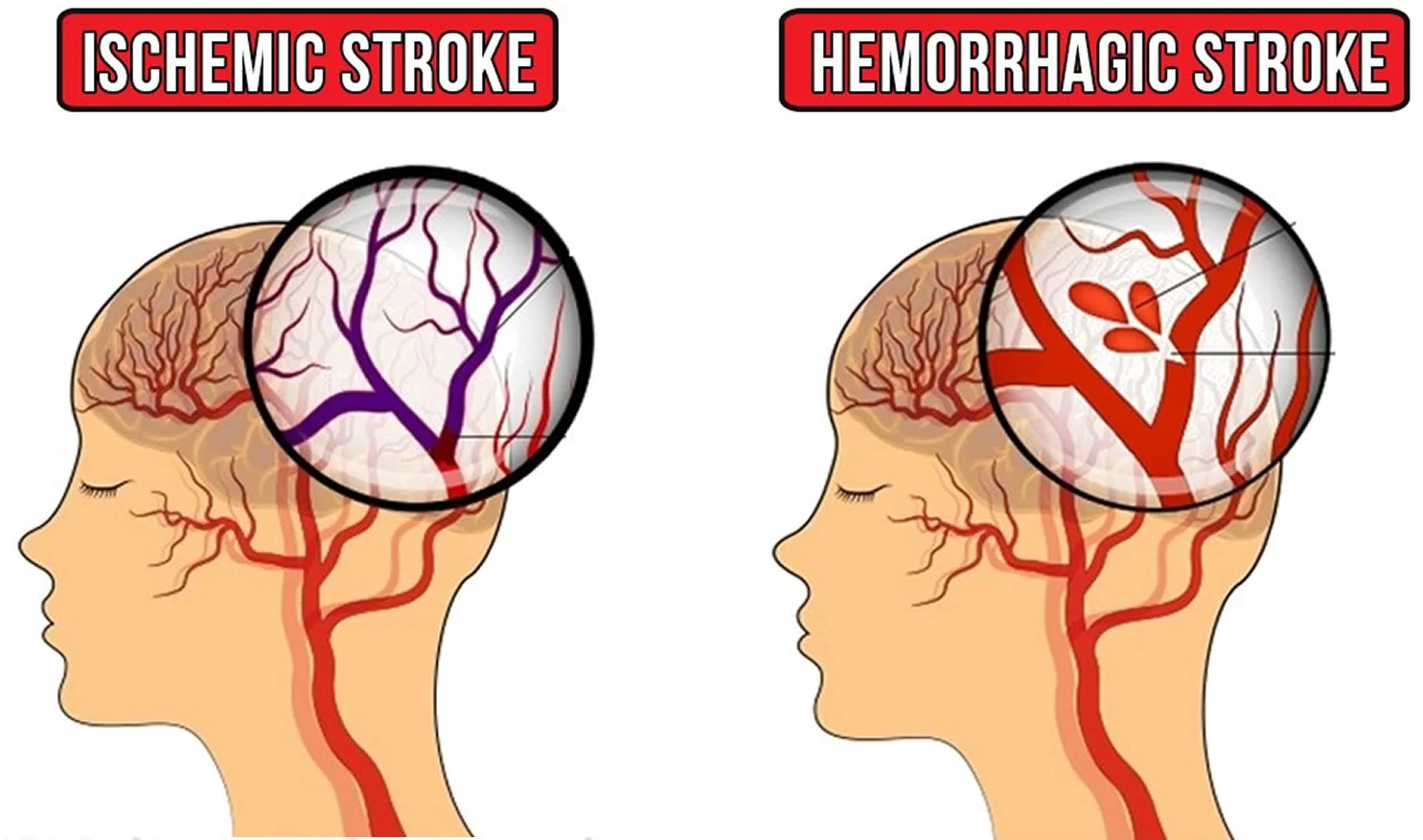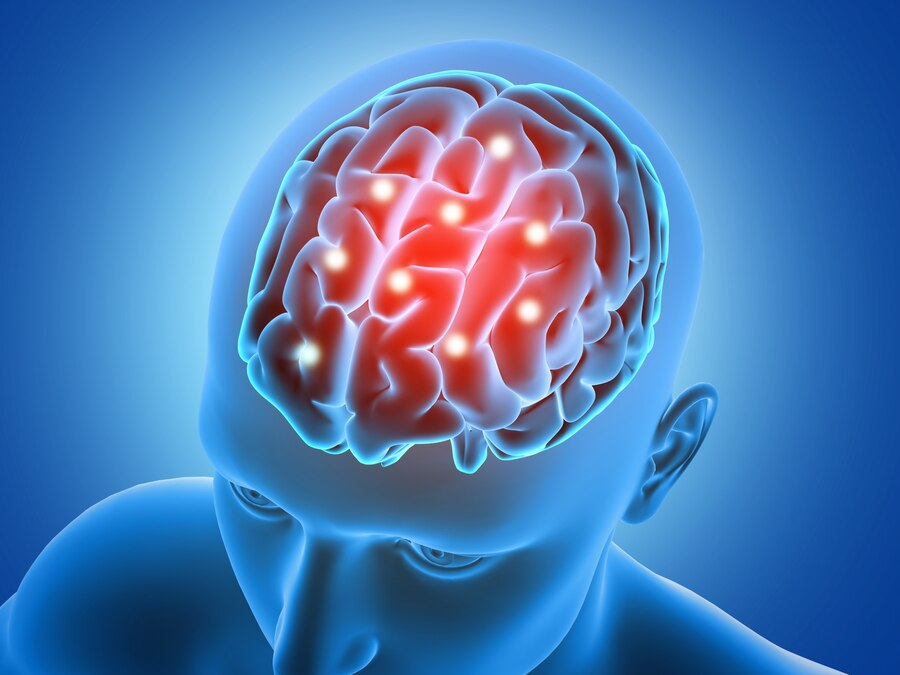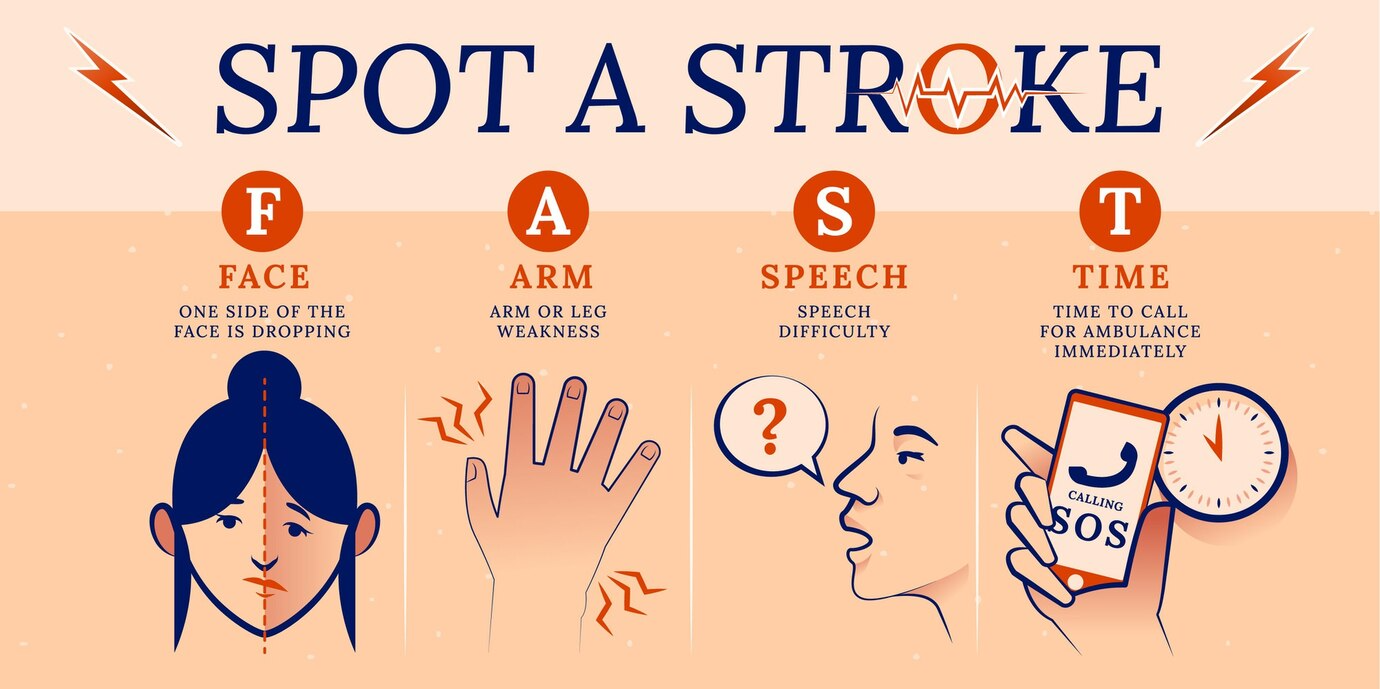Unveiling Strokes: Understanding, Identifying, and Preventing this Silent Threat
Table of Contents
Stroke is a medical emergency that occurs when there is a sudden disruption of blood flow to the brain, leading to damage to brain cells. It is a serious and potentially life-threatening condition that requires immediate medical attention. In this article, we will delve into the causes, symptoms, and prevention of strokes, shedding light on the importance of early detection and intervention.
I. Types of Strokes:
There are two main types of stroke: ischemic and hemorrhagic.
- Ischemic Stroke: This is the most common type, accounting for about 87% of all strokes. It occurs when a blood clot or plaque blocks a blood vessel, cutting off the blood supply to a part of the brain.
- Hemorrhagic Stroke: This type results from the rupture of a blood vessel, causing bleeding into the brain. Hemorrhagic strokes are less common but often more severe.

II. Causes and Risk Factors:
Several factors contribute to the risk of strokes, including:
- Hypertension (High Blood Pressure): Uncontrolled high blood pressure is a leading cause of stroke as it can damage blood vessels over time, making them more susceptible to blockages or ruptures.
- Smoking: Tobacco smoke contains chemicals that can damage blood vessels and increase the risk of blood clots.
- Diabetes: People with diabetes are at a higher risk of stroke due to the potential damage to blood vessels and the increased likelihood of other risk factors such as high blood pressure.
- Age and Gender: The risk of stroke increases with age, and men are generally more susceptible than women. However, women have unique risk factors, including those related to pregnancy and birth control.
- Family History: A family history of stroke or certain genetic factors can contribute to an individual’s risk.
III. Symptoms of Strokes:
Recognizing the symptoms of a strokes is crucial for seeking prompt medical attention. Common symptoms include:
- Sudden Numbness or Weakness: Especially on one side of the body, often in the face, arm, or leg.
- Confusion or Trouble Speaking: Difficulty understanding or forming coherent sentences.
- Trouble Walking or Loss of Balance: Sudden dizziness, lack of coordination, or difficulty walking.
- Severe Headache: Especially if it occurs suddenly and is accompanied by other symptoms.
IV. Prevention:
Preventing strokes involves addressing risk factors and adopting a healthy lifestyle. Some key preventive measures include:
- Control Blood Pressure: Regular monitoring and management of blood pressure through lifestyle changes or medication.
- Quit Smoking: Smoking cessation significantly reduces the risk of stroke and other cardiovascular diseases.
- Maintain a Healthy Diet: Emphasize fruits, vegetables, whole grains, and lean proteins while limiting saturated fats, salt, and added sugars.
- Exercise Regularly: Engage in at least 150 minutes of moderate-intensity aerobic exercise per week, as recommended by health professionals.
- Limit Alcohol Intake: Moderation is key. Excessive alcohol consumption can raise blood pressure and contribute to other risk factors.
Conclusion:
Stroke is a serious health concern that requires attention to risk factors and early intervention. By understanding the causes, recognizing symptoms, and adopting a healthy lifestyle, individuals can significantly reduce their risk of experiencing a stroke.
It is essential for both individuals and communities to prioritize education about stroke prevention and to promote a culture of proactive health management. Early detection and appropriate medical care are crucial for minimizing the impact of stroke and improving outcomes for those affected.

